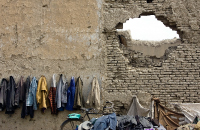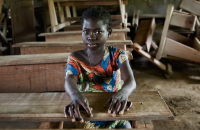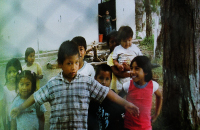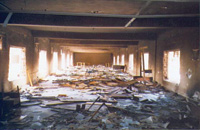The Problem
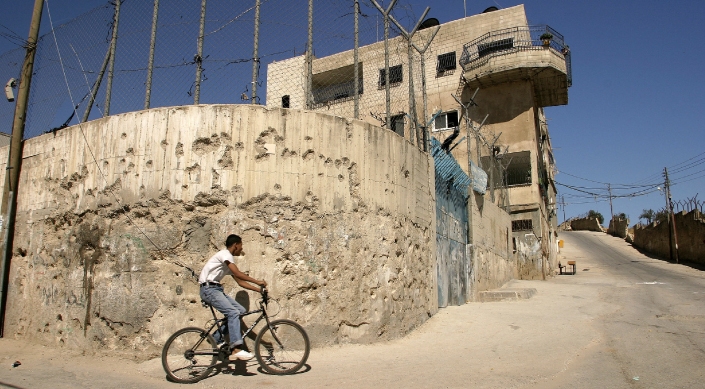
Attacks on education occur in many countries affected by armed conflict, insecurity, and weak systems of human rights protections or political pluralism. Schools and universities should be safe havens where students and educators can work toward a better future. Instead, in at least 28 countries globally, there is a pattern of attacks on education by state security forces and non-state armed groups.
According to GCPEA's Education under Attack 2018 report, students of all ages, teachers, academics, teachers unions, and education institutions were the target of intentional attacks for political, military, ideological, sectarian, ethnic, or religious reasons from 2013-2018.
The types of attacks documented by Education under Attack 2018 include killings, disappearance, abduction, forced exile, imprisonment, torture, and maiming, military use of schools and universities, laying of landmines around schools, and destruction of educational buildings and materials. They also include sexual violence and recruitment and use of child soldiers, where it is part of a political, military, or sectarian attack on students or education personnel at or on the way to or from an educational institution.
The UN Secretary-General’s most recent report on children and armed conflict, documents direct physical damage to schools, closure of schools as a result of threats and intimidation, and use of schools by state or non-state armed groups as military barracks, weapons storage facilities, command centers, detention and interrogation sites and firing and observation positions in armed conflicts across the globe. The UN Security Council has also expressed deep concern about recurrent attacks or threats of attack against schools and education facilities, teachers, and pupils.
These attacks violate the right to education enshrined in key international human rights treaties. They may also violate international humanitarian and criminal law and constitute war crimes or crimes against humanity during war or peacetime. The use of education institutions by security forces and other armed groups may place students and educators at risk of attack.
The short and long term impacts can be devastating. The immediate effects can include death, injury, and the destruction of educational facilities, together with disrupted access to education. In the long term, attacks can lead to diminished education quality, loss of teachers and academics, weakened educational systems, and create a culture of impunity. The relevance of higher education can be degraded and research, academic freedom, and innovation curtailed. Weakened education adversely affects a country’s economic, political and social development, as well as its civil society. Women and girls are often directly targeted because of their sex, and can also be disproportionately impacted by attacks. Families are more likely to keep their girls, rather than boys, home when there is a risk of sexual or other violence at school or on the way there. Moreover, females may be less likely to return to school due to traditional gender roles that cause them to take on child care responsibilities or be married early when they are out of school.

